Retailers have started to reduce their prices after observing a decline in consumer spending. This shift marks a significant change in strategy as stores attempt to entice customers to return and shop more amidst rising economic pressures.
As consumers become more selective with their purchases, retailers are hoping price reductions will stimulate demand.
The Impact of Inflation on Consumer Choices

Over the past two years, inflation has significantly influenced consumer behavior, leading many to prioritize essential needs over desires.
This shift in spending has implications not only for individual consumers but also for the overall health of the American economy, which relies heavily on consumer expenditures.
Recent Trends in Retail Price Reductions

A variety of retailers have recently announced price cuts in an effort to attract more customers.
These reductions span across multiple sectors including clothing, home decor, and hobby supplies.
Ikea’s Strategic Price Reductions

Ikea has significantly reduced prices on hundreds of its products.
CNN reports that for example, in April, an 18-piece dinnerware set at Ikea was marked down to $29.99 down from $49.99 and a bed frame with storage and headboard costs $499 down from $549.
Focus on Discretionary Spending Categories
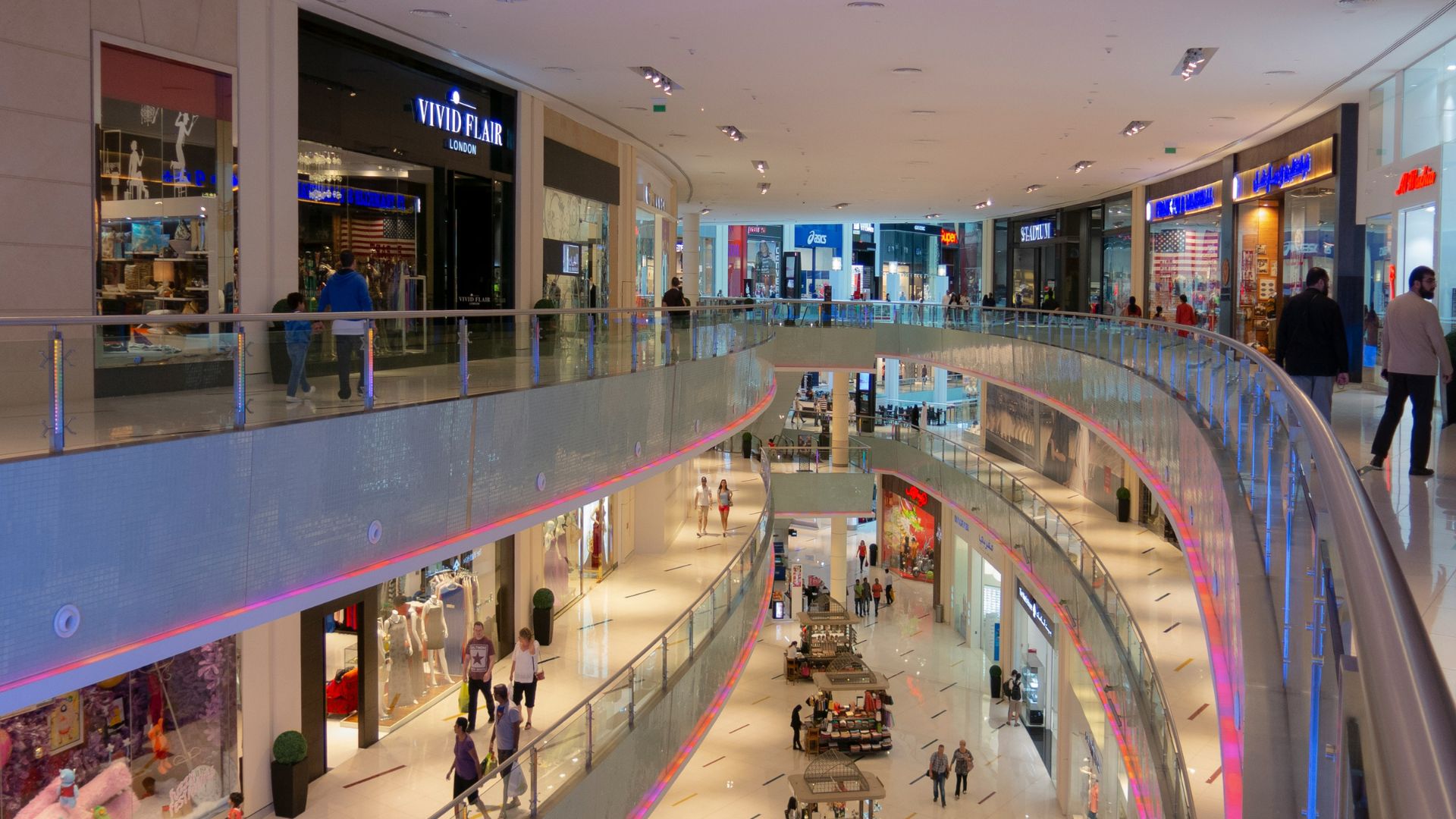
Retailers are particularly targeting discretionary spending categories—products that consumers consider non-essential.
The reduced prices in these categories suggest that stores are trying to make these luxury items more accessible to encourage purchases during tighter economic times.
Consumer Spending Trends and Economic Pressure
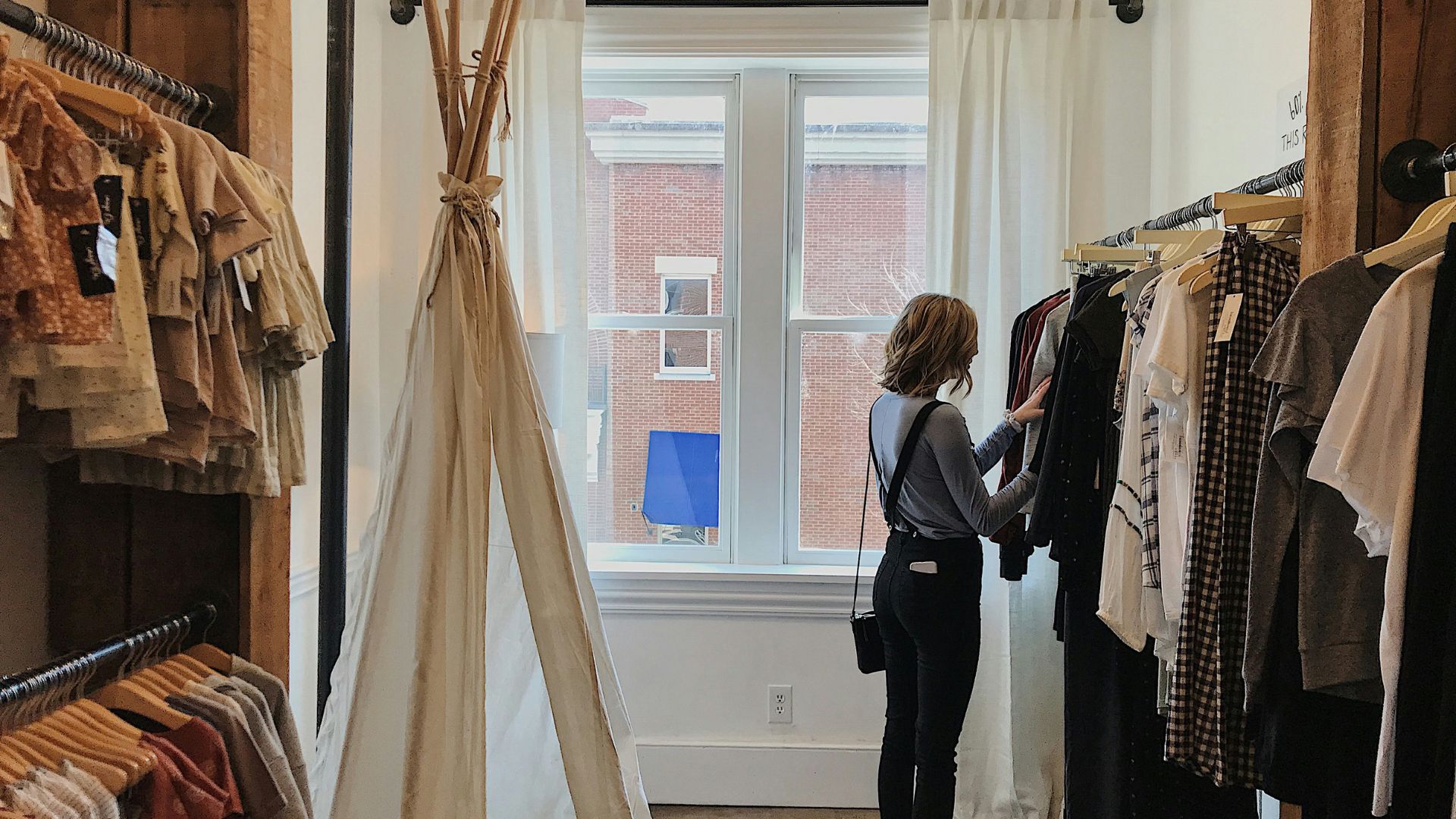
According to Sarah Wyeth, managing director at S&P Global Ratings, “Shoppers have pulled back for a year now as costs have risen 20% to 30% higher than they were three years ago and as incomes failed to keep up.”
This pullback reflects broader economic pressures affecting consumer confidence and spending habits.
Changing Spending Patterns Across Income Levels

Chad Lusk, a managing director at Alvarez & Marshal, noted that “the ‘budget conscious consumer’ is no longer just low- or middle-income earners. By far the starkest decrease in intent to spend is coming from the higher-income groups.”
This indicates a significant shift in spending behavior across different economic demographics.
Retail Industry Anxiety Over Decreased Consumer Spending
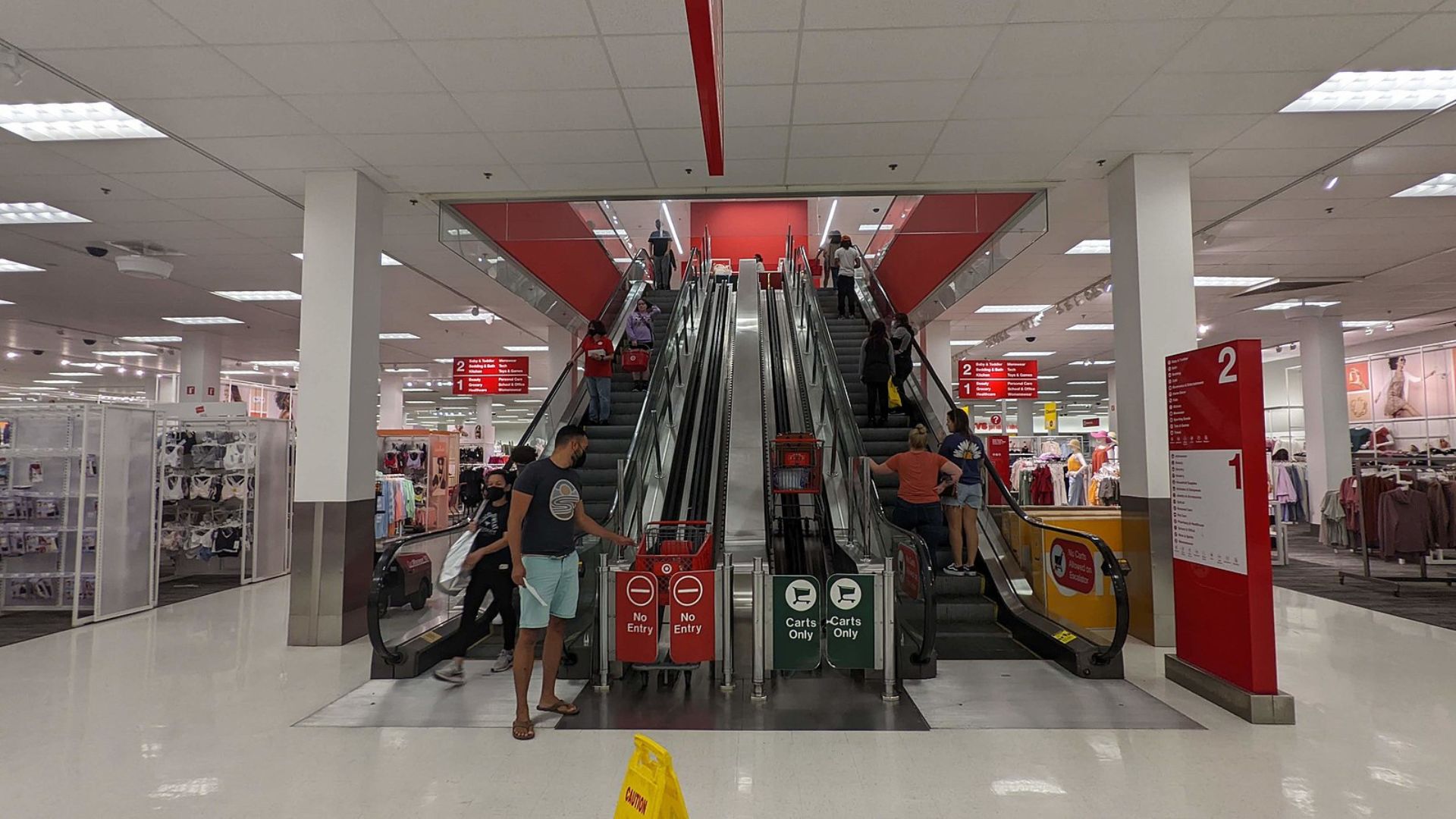
The retail industry is experiencing increased anxiety due to prolonged consumer spending restraint.
Wyeth pointed out that “there’s just less dollars for consumers to spend,” summarizing the challenges faced by retailers as they navigate a less predictable market.
Mixed Signals in Retail Sales Data

Zak Stambor, a senior analyst at eMarketer, observed that “Retail sales overall haven’t been terrible, but they’re not also absolutely great.”
He discussed the fluctuating nature of consumer spending, noting that while some sectors like online sales and big-ticket items have seen growth, others like apparel and electronics have lagged behind.
Price Strategy Insights from Major Retailers

Both Walmart and Ikea have publicly committed to maintaining lower prices to attract consumers.
In discussions with CNN, Jesper Brodin, CEO of Ikea, said, “This is not rocket science really, we lower our prices, in particular when we are in times when people have less money in their pockets.”
Michaels Responds to Market Conditions with Price Cuts
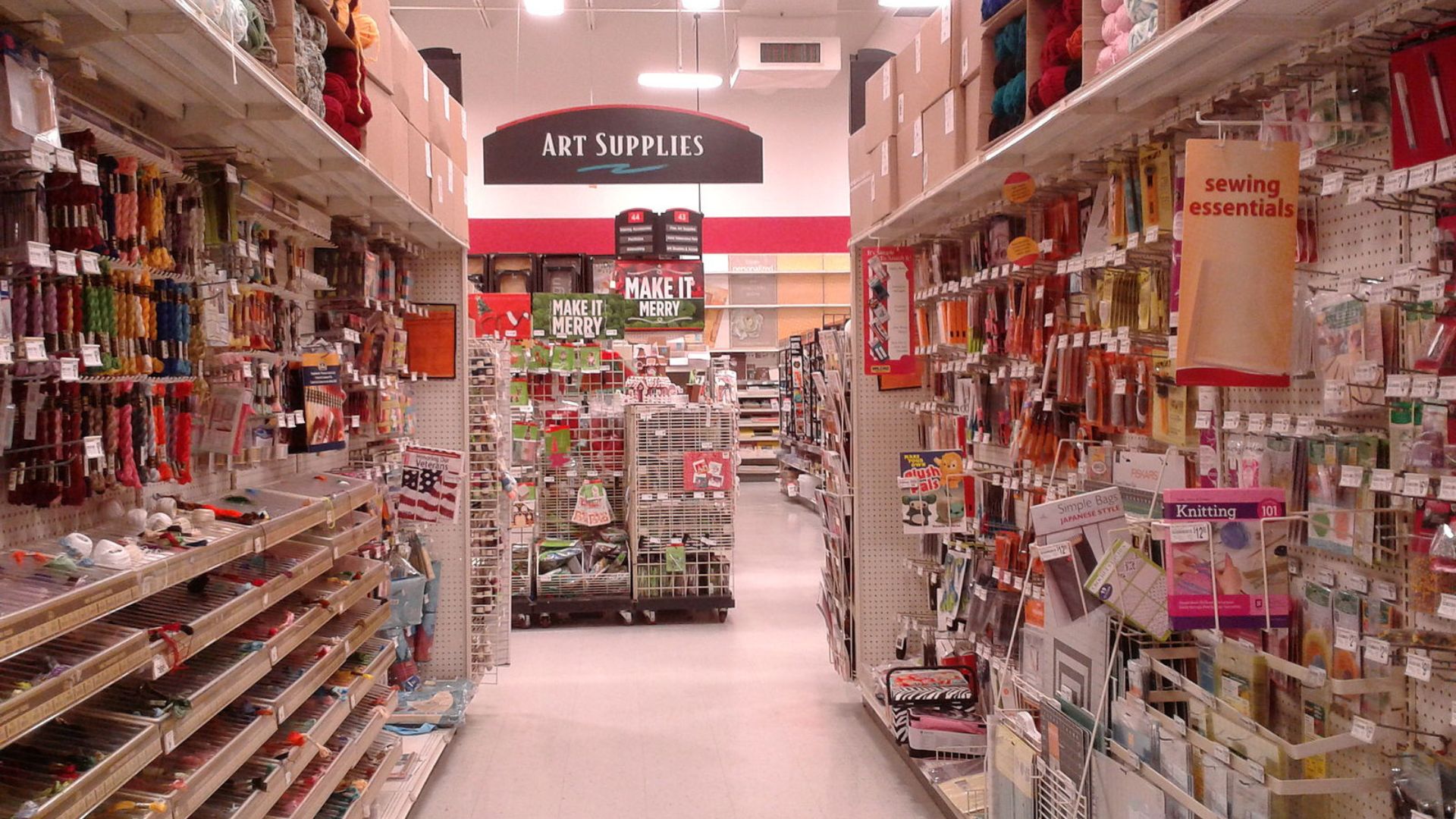
Michaels, the arts and crafts store, announced significant reductions in prices across many products.
“It’s more important than ever to deliver exceptional value for every customer looking to stretch their dollar,” Ashley Buchanan, CEO at Michaels, stated as part of the announcement on April 18.
Retailers Expand Efforts Beyond Simple Price Cuts
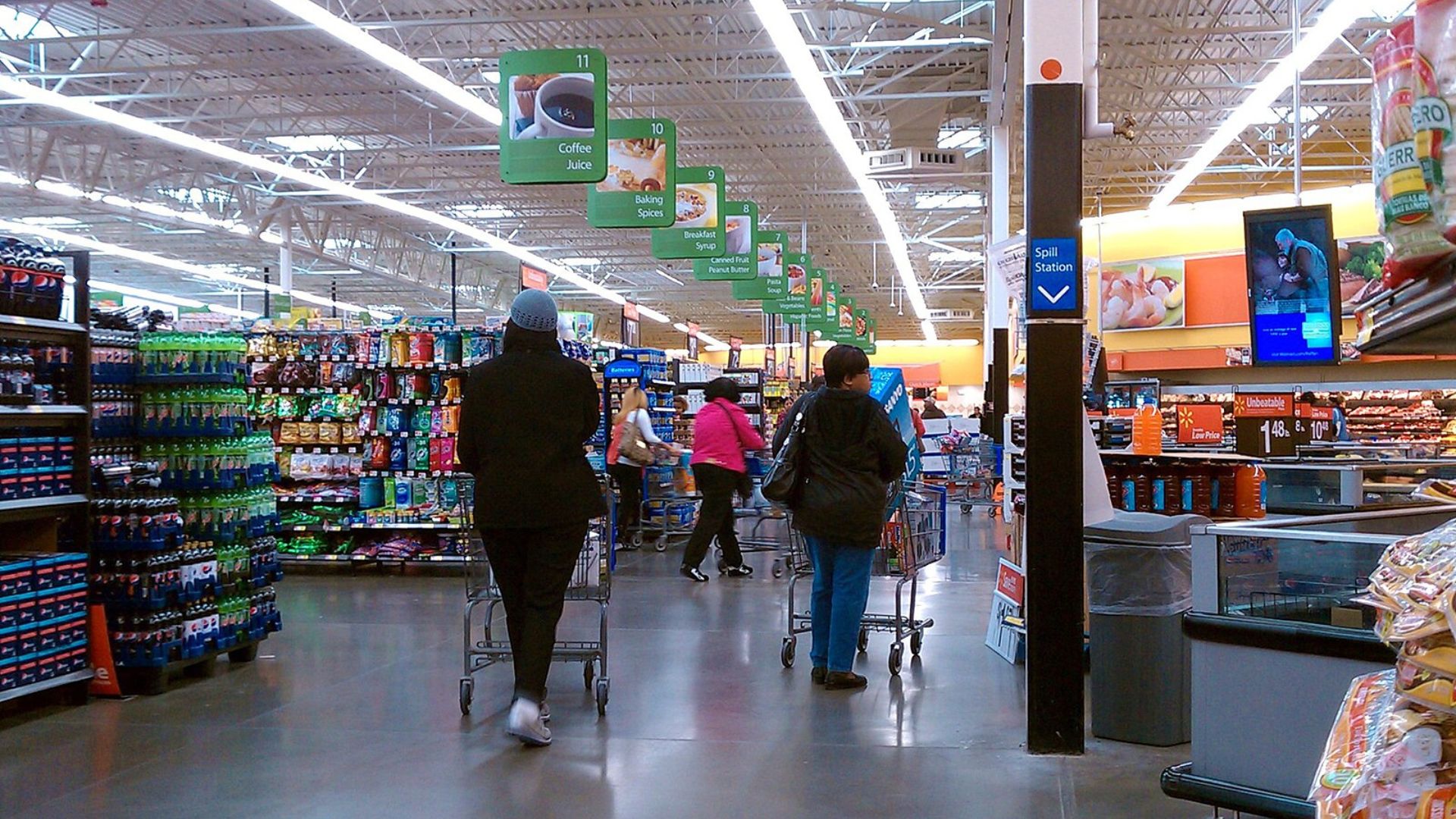
Retailers are exploring beyond straightforward price reductions to attract customers.
This includes implementing more complex marketing strategies like tailored loyalty programs and time-limited promotions to stimulate spending and enhance consumer engagement.
